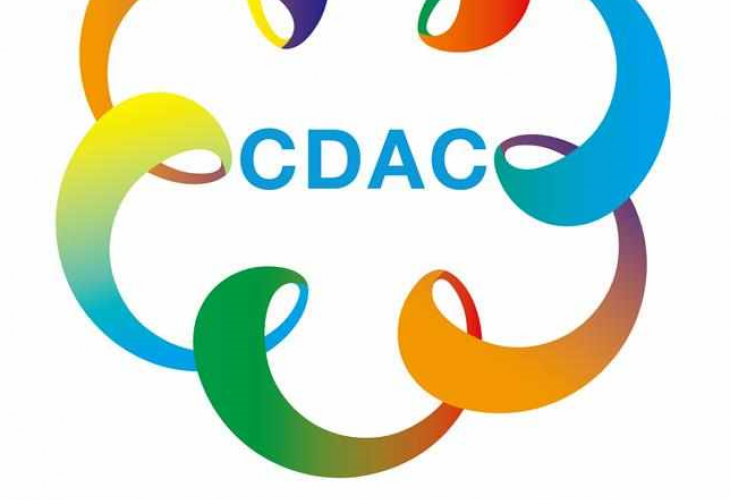Chinese traditional architectural craftsmanship for timber-framed structures
© Zhao Yuchun
Standing as distinctive symbols of Chinese architectural culture, timber-framed structures are found throughout the country. The wooden components such as the columns, beams, purlins, lintel and bracket sets are connected by tenon joints in a flexible, earthquake-resistant way.
Chinese shadow puppetry
© China Puppet and Shadow Art Society
Chinese shadow puppetry is a form of theatre acted by colourful silhouette figures made from leather or paper, accompanied by music and singing. Manipulated by puppeteers using rods, the figures create the illusion of moving images on a translucent cloth screen illuminated from behind.
Chinese paper-cut
© Xinbin County, Jilin Province
Present throughout China and in various ethnic groups, paper-cut is a popular art integral to everyday lives. A predominantly female pursuit, it is transmitted from mother to daughter over a long period of time, beginning in childhood, and is particularly common in rural areas.
Chinese calligraphy
© Xiao Wenfei
Chinese calligraphy has always been more than simply a tool for communication, incorporating as it does the element of artistry for which the practice is still valued in an age of ballpoint pens and computers. Indeed, calligraphy is no longer the basic tool of intellectuals and officials but has become the preserve of professional artisans and amateur enthusiasts.
China engraved block printing technique
© 2008 by YZYQ
The traditional China engraved block printing technique requires the collaboration of half a dozen craftspeople possessed of printing expertise, dexterity and team spirit.
Chhau dance
© Sangeet Natak Akademi, New Delhi
Chhau dance is a tradition from eastern India that enacts episodes from epics including the Mahabharata and Ramayana, local folklore and abstract themes. Its three distinct styles hail from the regions of Seraikella, Purulia and Mayurbhanj, the first two using masks.
Cheoyongmu
© Cultural Heritage Administration
Cheoyongmu is a court dance today performed on stage but formerly used to dispel evil spirits and pray for tranquillity at royal banquets or during exorcism rites on New Year’s Eve to promote good fortune.
Chakkirako
© Miura City Board of Education
Located on a peninsula in Kanagawa Prefecture in central Japan, Miura City developed as a military port on the Pacific and a harbour providing shelter to passing ships.
Ca trù singing
© Vietnamese Institute for Musicology. Ministry of Culture, Sports and Tourism of Vietnam
Ca trù is a complex form of sung poetry found in the north of Viet Nam using lyrics written in traditional Vietnamese poetic forms. Ca trù groups comprise three performers: a female singer who uses breathing techniques and vibrato to create unique ornamented sounds, while playing the clappers or striking a wooden box, and two instrumentalists who produce the deep tone of a three-stringed lute and the strong sounds of a praise drum.





